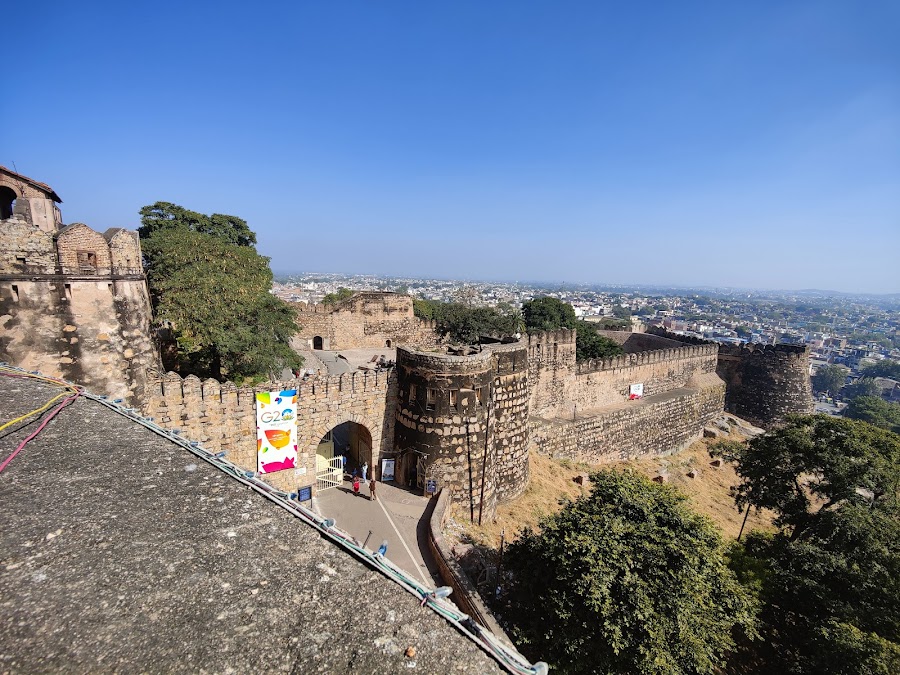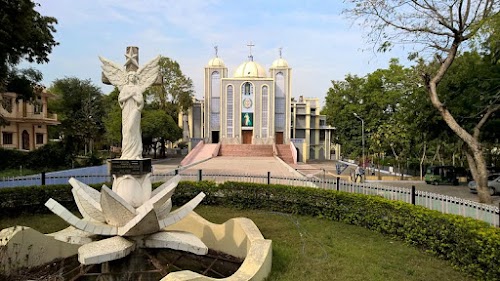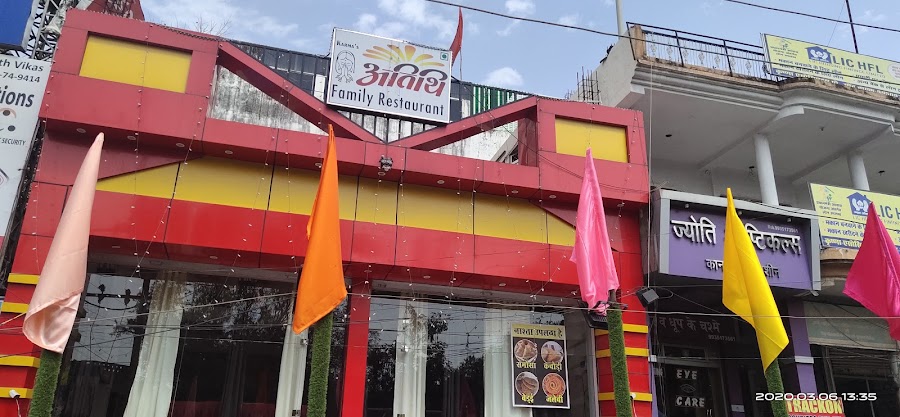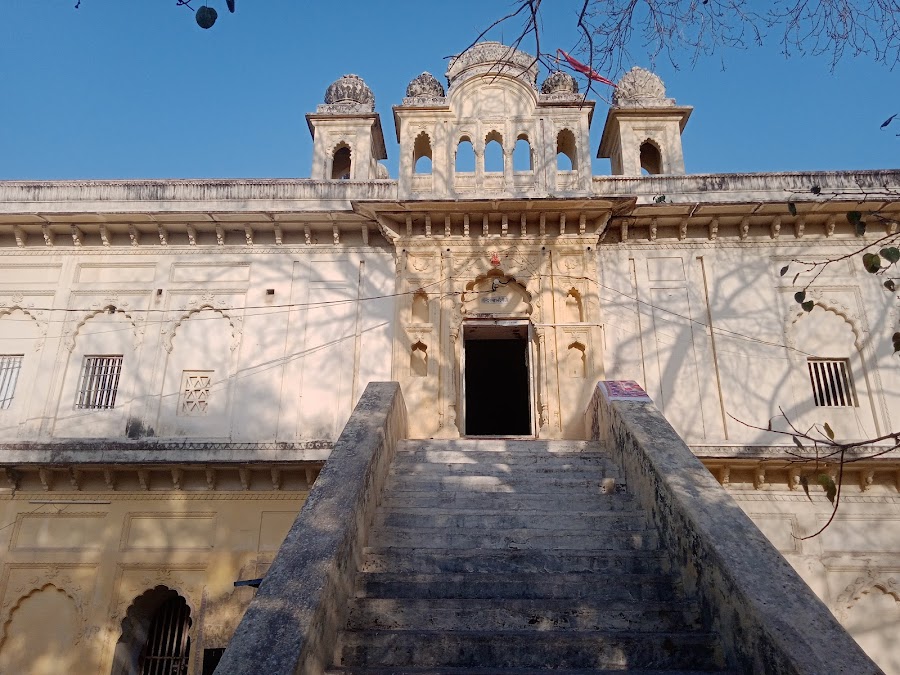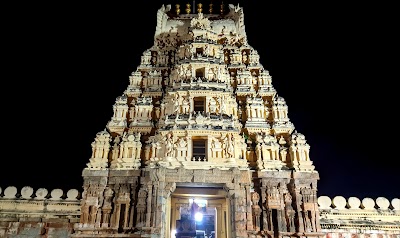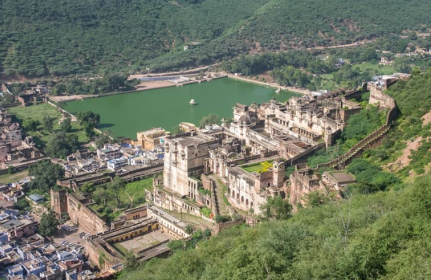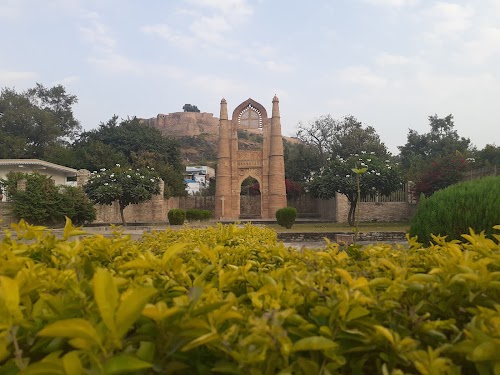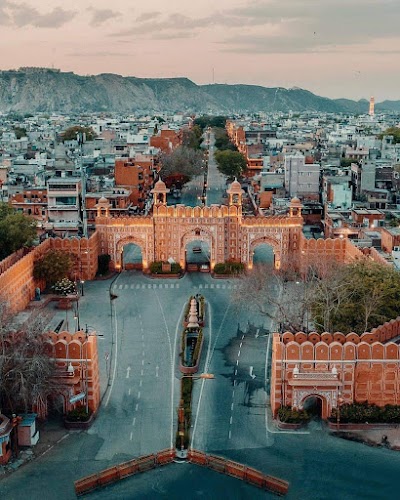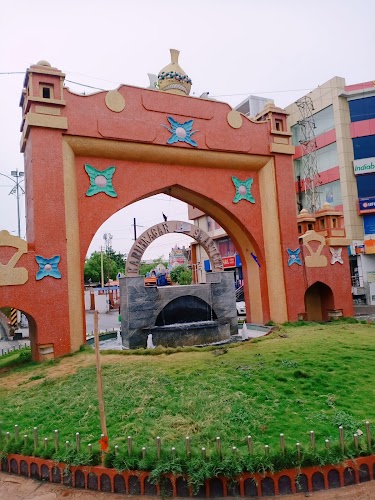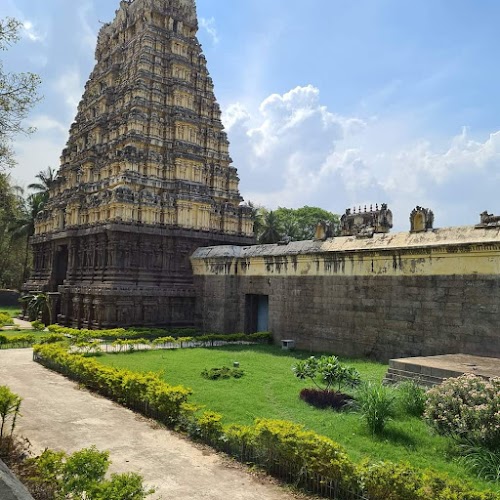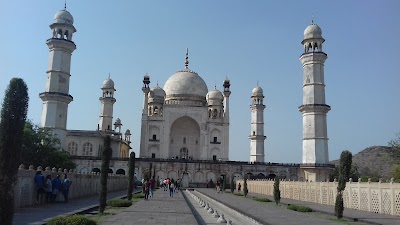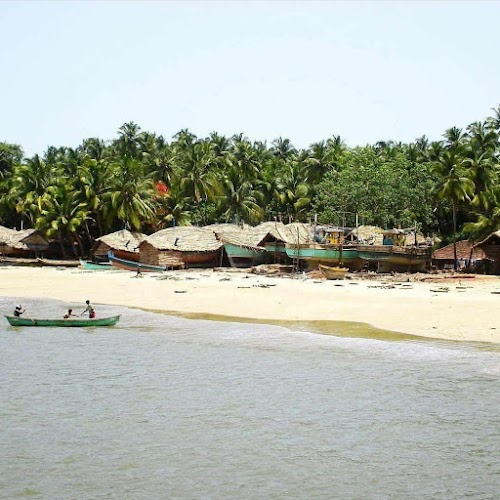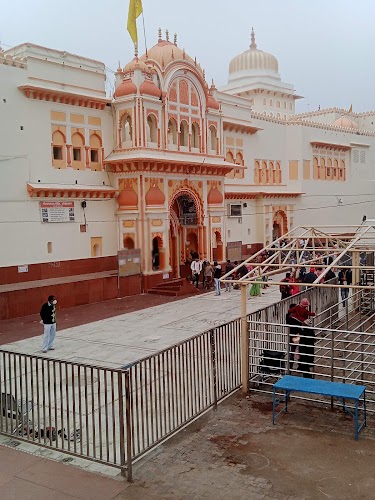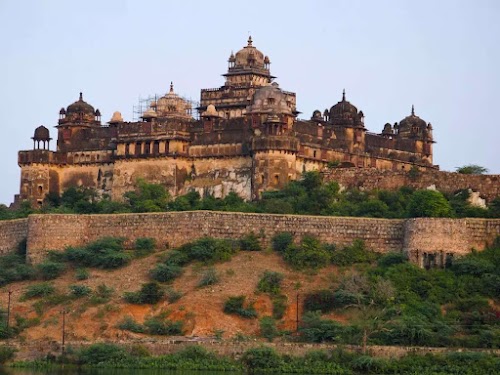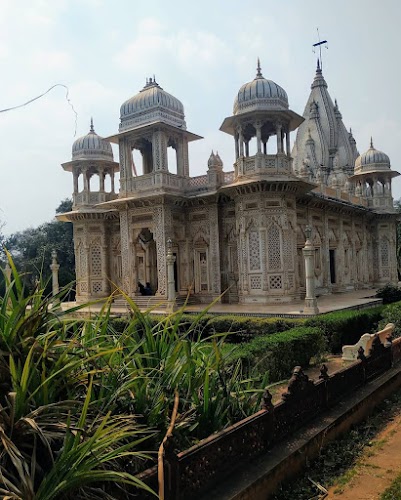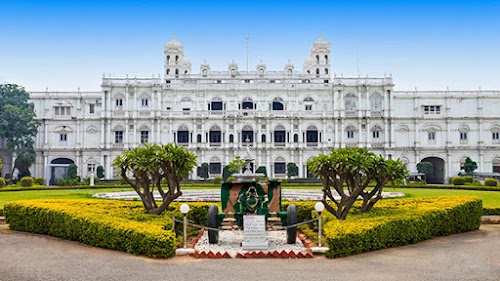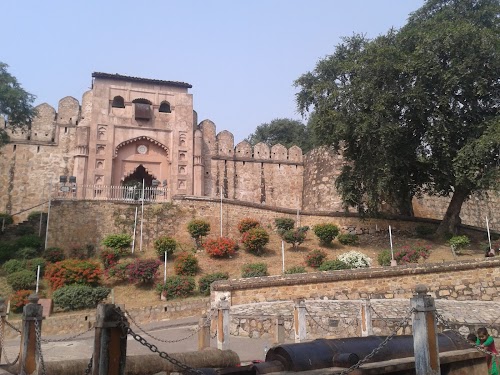
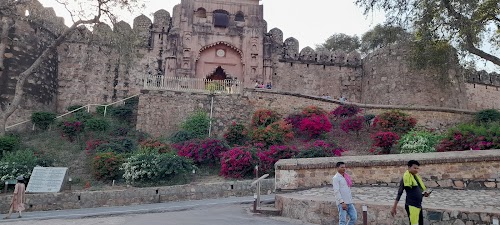
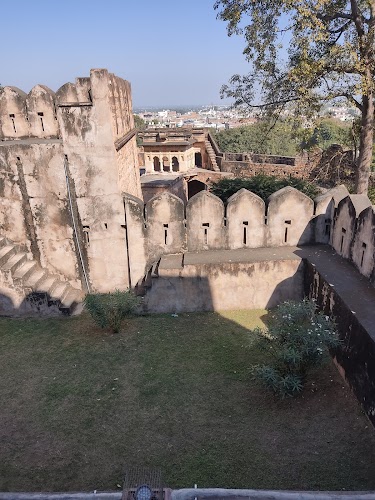
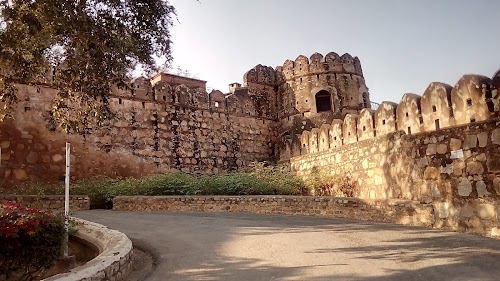
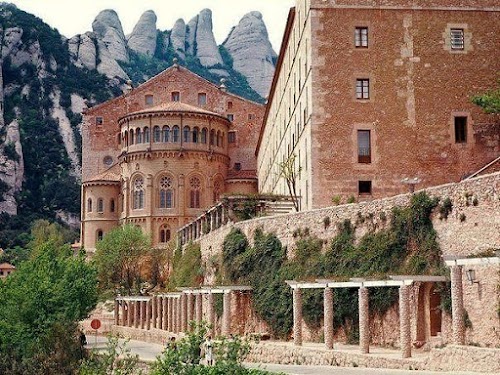
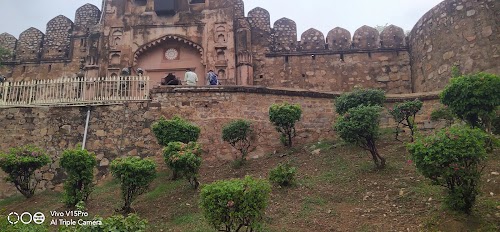
Jhansi
Jhansi, once called Balwant Nagar, whispers tales of bravery! Explore its historic fort, a testament to Rani Lakshmibai's courage. This Uttar Pradesh gem invites you to relive India's heroic past. A must-visit destination for history buffs and adventure seekers!
Average Budget
₹2,500
Best Time to Visit
October to March
enjoy the best weather and local festivals.
Recommended: 2 days
Languages
Travel Types
Known For
Top Cuisines
Jhansi Map
Points of Interest
Essential Information
How to Reach
Jhansi is well-connected by air, rail, and road. The nearest airport is Gwalior Airport (GWL), about 100 km away, but it has limited connectivity. The most convenient option is to take a train to Jhansi Junction (JHS), a major railway station on the Delhi-Mumbai and Delhi-Chennai routes. Regular trains connect Jhansi to major cities across India. National Highway 44 passes through Jhansi, making it accessible by road. State-run and private buses operate between Jhansi and nearby cities.
Weather
Jhansi experiences a semi-arid climate with hot summers and cool winters. Summers (April-June) are extremely hot, with temperatures reaching up to 45°C. The monsoon season (July-September) brings relief from the heat, but humidity can be high. Winters (October-March) are pleasant, with temperatures ranging from 10°C to 25°C. This is the best time to visit Jhansi.
Local Transportation
Local Holidays & Festivals
Key Information
About Jhansi
Jhansi, a historic city in Uttar Pradesh, India, is renowned for its association with Rani Lakshmibai, the valiant queen who fought against the British during the Indian Rebellion of 1857. The city is dotted with historical landmarks, including the imposing Jhansi Fort, which offers panoramic views of the surrounding landscape. Explore the Rani Mahal, once the residence of Rani Lakshmibai, now a museum showcasing artifacts from her life and times. Jhansi is a vibrant city with bustling markets, local cuisine, and a rich cultural heritage. A visit to Jhansi offers a glimpse into India's heroic past and a chance to experience the warmth and hospitality of its people. The city serves as a gateway to the Bundelkhand region, known for its rugged terrain and historical significance.
